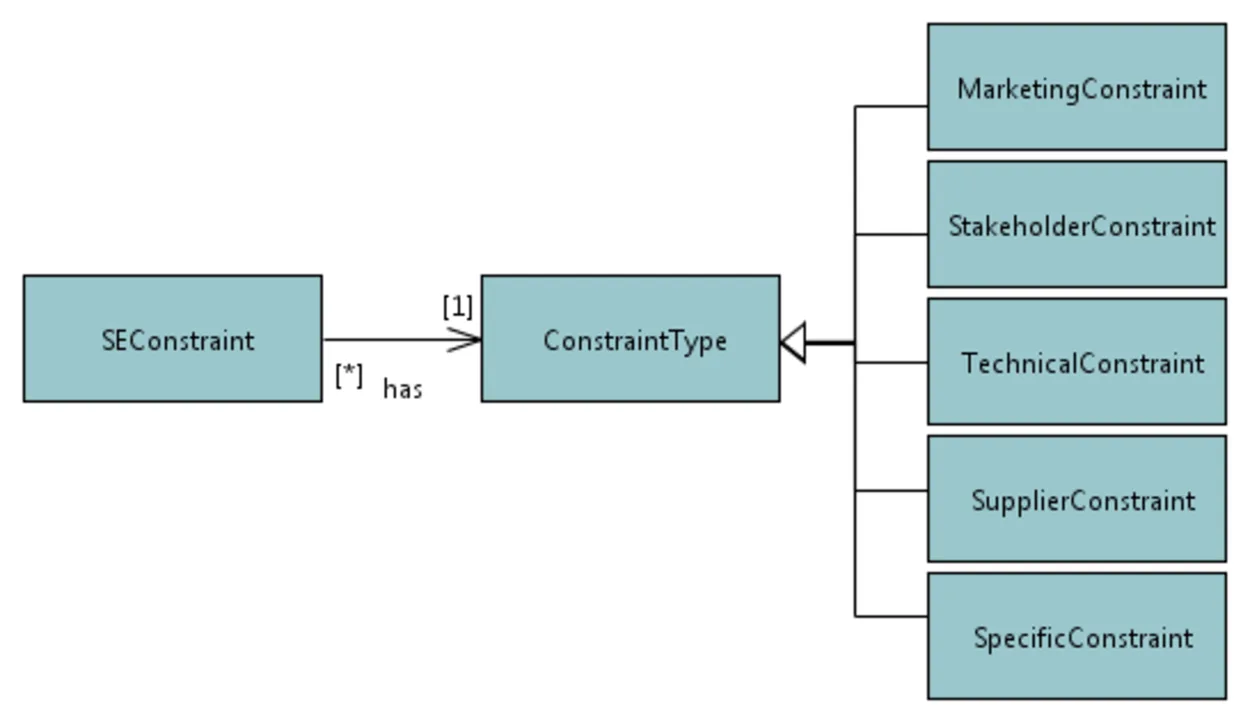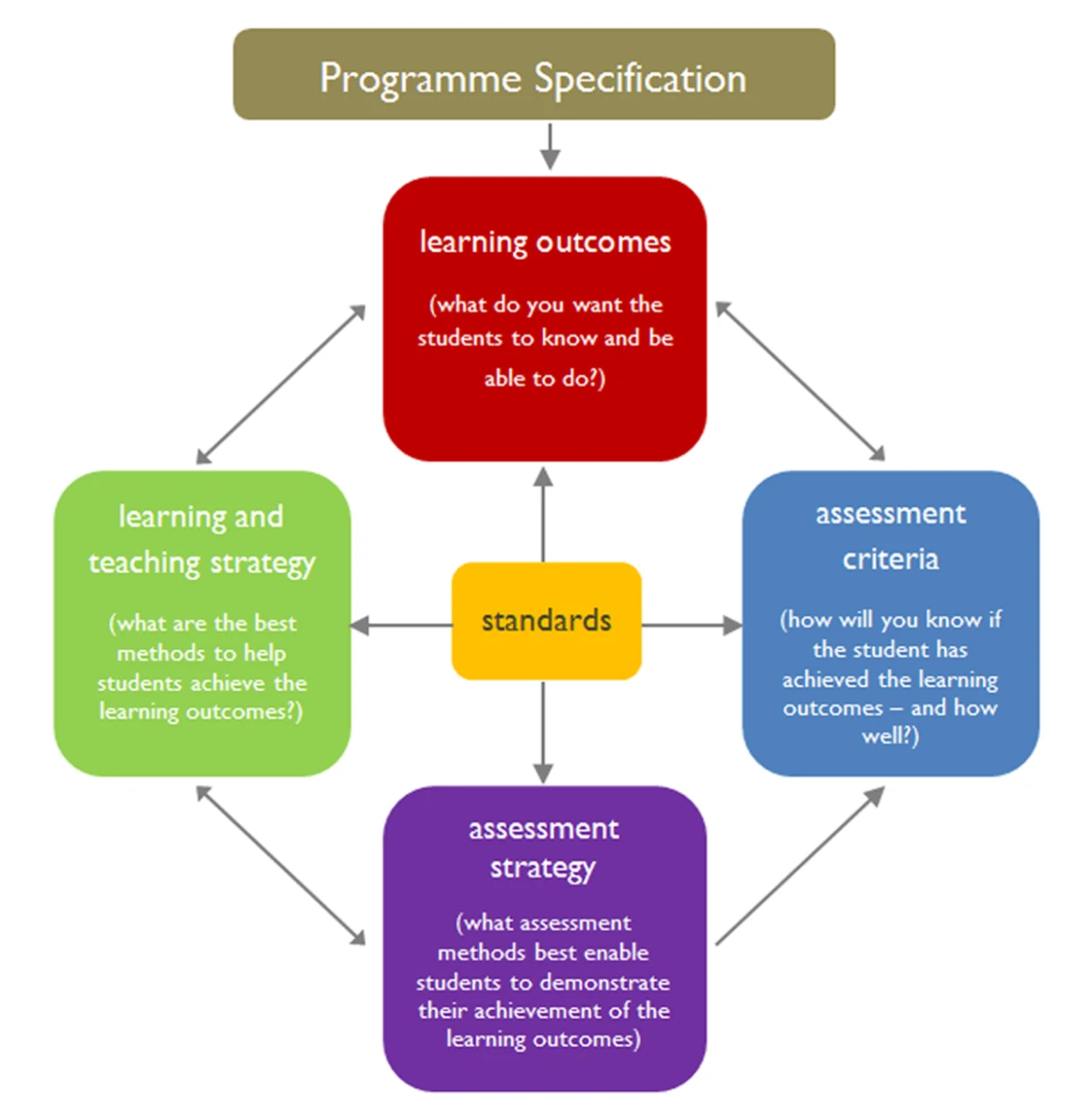Constraints deal with the boundaries of a design, whereas criteria are a list of a system’s or device’s features that need to be fulfilled. Constraints and criteria frequently clash with one another.
The tasks that a device, system, or project may do could be referred to as criteria. For a project to be performed successfully, the criteria model must be followed.
Contrarily, constraints are the design’s restrictions; they are what ensure the model’s integrity and increase its accuracy.
In this article, we will figure out the actual differences between constraints and criteria.
In Terms Of Engineering Or Technology
The safety requirements that the system or device must meet are described by technical or engineering criteria and constraints. These requirements and limitations depend on how, where, and by whom the gadget will be used.

The resources that can be used to produce the device or system are described by the production criteria and constraints. The natural, human, and mechanical resources available for the creation of the component or system constitute the basis for these criteria and constraints.
In Terms Of Technology
The function, look, and value of the device are dictated by market variables and constraints. These criteria and constraints are learned by investigating what users expect from the technology.
In Terms Of Finance
The costs and advantages of the system or gadget are determined by financial constraints and criteria. These criteria and constraints cover the cost of creating, using, and developing the technical system or gadget as well as the advantages that will ultimately result from its use.
What Is Meant By Criteria?
Criteria are the plural form of criterion, which is a standard or guideline for selecting, judging, or classifying something. Criteria are the standards or conditions that serve as the foundation for a decision, assessment, or selection.
Apart from its literal meaning, the specific standards that someone or anything must meet in order to be taken into consideration or qualify for something are known as criteria. Each of these standards is a factor that can be used to evaluate an application for a job, including education, experience, and references.
For instance, your grade in a class may be determined by a number of factors, including your performance on tests, how well you did on your homework and other assignments, and how actively you participated in class.
Sometimes people attempt to use criteria as a singular noun (much like how data is occasionally used), however, this is typically seen as improper usage.
A criterion is a set of specifications that specify how the end result must appear. In order to effectively plan and carry out the project, it should be sufficiently specific and detailed.
It ought to cover every component of your product or service. To obtain data for your criteria, you can use a variety of techniques, including user surveys, data analysis, drawing, and more.
Once you have all the necessary information, you can begin logically and methodically organizing your requirements. Both in the core of your product and in its optional options, you should include all the necessities.
Once you have your needs in writing, you may begin considering how they will impact the design of the final product.
Types Of Criteria

Principles
A fundamental idea that may be applied to decisions and outputs like design principles. For instance, the rule of “design to the edges” mandates that designs be as accessible as feasible.
Guidelines
Rules that allow for some degree of flexibility. For instance, a rule that states a student would be suspended if they are reported to the principal’s office for disturbing class three times in a semester.
Guidelines enable consideration of situations, such as a student who needs assistance, rather than punishment.
Requirements
Requirements to pass an assessment or decision-making process. Examples include the minimum and maximum production budgets needed for a film to be eligible for a festival.
Scores
A score on a test must be at least a certain level to be taken into consideration for admission to a university or college. This establishes expectations with pupils for the grade they must earn in order to possibly enroll in a school.
| Principles | a basic notion that can be used to inform decisions and products like design principles. For instance, the “design to the edges” principle requires that designs be as easily accessible as practical. |
| Guidelines | rules with a certain amount of latitude. For instance, a regulation that specifies a student would be suspended if they disrupt class three times in a semester and are reported to the principal’s office. |
| Requirements | requirements to pass a decision-making or evaluation process. Examples include the required production budgets for a movie to be accepted into a festival, both at the minimal and maximum levels. |
| Scores | a test result that must meet a minimum threshold in order to be taken into account for admission to a university or college. With regard to the grade they must obtain in order to possibly enroll in a school, this sets expectations with regard to students. |
What Are Constraints?
Constraints are restricting elements that may have an impact on your output, completion date, or task success. For instance, if you’re designing a building, you’ll need to consider limitations like the amount of space available and the materials needed to build it.
Constraints are factors that need to be considered while making a design. This is because they can hinder the process of development of the design and we need to avoid them as much as possible.
Together, designers and developers produce novel products based on the requirements and demands of businesses. You must take into account how your choices will affect your performance or completion deadline when operating under restrictions like time or space.
Additionally, when employing criteria, think about how using this set of specifications will assist you in finding suitable or necessary data for your project
Some Types Of Project Constraints
The following are the aspects that frequently affect how well a project is going:
| Time | You should account for time in your preparation because projects typically have deadlines. Meeting these deadlines at work can reduce expenses while maintaining client satisfaction. Before starting a project, determine the completion date and the duration of each activity. |
| Cost | Projects typically have budgets, thus the overall cost of a project must be considered. Predicting how much it will cost you to work on your ideas is necessary to manage this restriction. It also necessitates factoring in unforeseen costs as the project progresses. |
| Quality | The quality restriction is primarily concerned with the attributes of the deliverable. As important as it is to adhere to budgets, meet deadlines, and take care of all pertinent criteria, it is also critical to ensure excellent delivery. |
| Risk | Planning resources requires that prospective changes be taken into account. A power outage is a technological risk, whereas a team member being sick is a danger to human resources. |

Time
Since projects frequently have set completion dates, you should factor time into your planning. At work, meeting these deadlines can cut costs and maintain client satisfaction.
Estimate the timeline for completion and the amount of time needed for each task before beginning a project. For instance, you can decide when a report should be finished by and set out an hour for research, writing, and proofreading.
When determining a project’s timeline, many project managers account for delays and unforeseen adjustments.
Cost
The total cost of a project must be taken into account because projects frequently have budgets. Managing this constraint entails predicting what it costs to work on your ideas.
Additionally, it requires taking unforeseen costs into account over the course of the project. Consider being a delivery driver who is paid hourly for example.
It’s crucial to take petrol prices into account if you’re accountable for the vehicle you drive.
Quality
The deliverable’s qualities are the main focus of the quality restriction. While it’s critical to stick to budgets, fulfill deadlines, and address all necessary requirements, it’s also crucial to guarantee excellent deliveries.
How closely a project’s deliverables match planning expectations is referred to as the project’s quality.
Consider the scenario when you have a project to produce art. The project’s quality standards may be centered on the types of materials used or the method used.
Risk
The risk of a project is any unanticipated circumstance that might have an effect on it. It’s crucial to consider potential changes while planning resources.
A team member getting sick is a human resources risk, whereas a power outage is a technological risk. Unexpected events to take into account when designing a project strategy include market conditions and changes in the industry.
You can spot these issues before they arise or become urgent by performing a risk analysis.
Examples of typical constraints in engineering could be those related to ergonomics, maintainability, costs, sustainability, and more.
How Does An Engineering Design Process Work?
An engineering design process is simply a process in which an engineering problem is addressed by working for its solution. The engineering design process starts with identifying the motive, constraints, and criteria leading to the proposal of an engineering solution.
Possible solutions could be kept forward by doing research, testing out materials, building a computer-aided design, and forming a prototype. As for their optimization, there’s always an option to analyze the results and further come up with ideas that could bring improvement in a design.
It is super important for a design to meet the criteria and constraints at the end because it’s helpful to choose a better design and guarantee its success of it. An example of a design solution can be; mechanical engineers figuring out how to make car engines more fuel-efficient for people.
FAQs
How do you define the theory of constraints?
The theory of constraints is a collection for discovering the limitations that can have the biggest impact on a project and improving it.
Consider the scenario where you work for a beverage firm with significant material expenses. You can locate an alternative supplier who offers the same material at a reasonable price by using the principle of limits.
What distinguishes a risk from a restriction?
A risk is an unforeseen circumstance that could have an influence on a project. Contrarily, a restriction is any project-related limiting element. Risks are one type of constraint, but there may also be others like time, money, and quality.
Why are criteria so crucial?
The criteria should be seen as a collection of analytical lenses that one can use to comprehend and evaluate an intervention. The criteria offer contrasting viewpoints that together paint a complete picture of the intervention.
They promote more in-depth reflection on the qualities of an intervention, its application, procedure, and outcomes.
Conclusion:
- Criteria are a list of the features of a system or technology, whereas constraints deal with the limits of a design.
- The norms or conditions that form the basis of a judgment, analysis, or choice are known as criteria.
- A set of requirements that outline how the final product must appear is known as a criterion. The project should be sufficiently defined and thorough to allow for efficient planning and execution.
- Constraints are limiting factors that could affect production, deadline, or task success.
- In collaboration, designers and developers create innovative products that are tailored to the needs and want of businesses.
- When working under constraints like time or space constraints, you must consider how your decisions may impact your performance or completion date.

